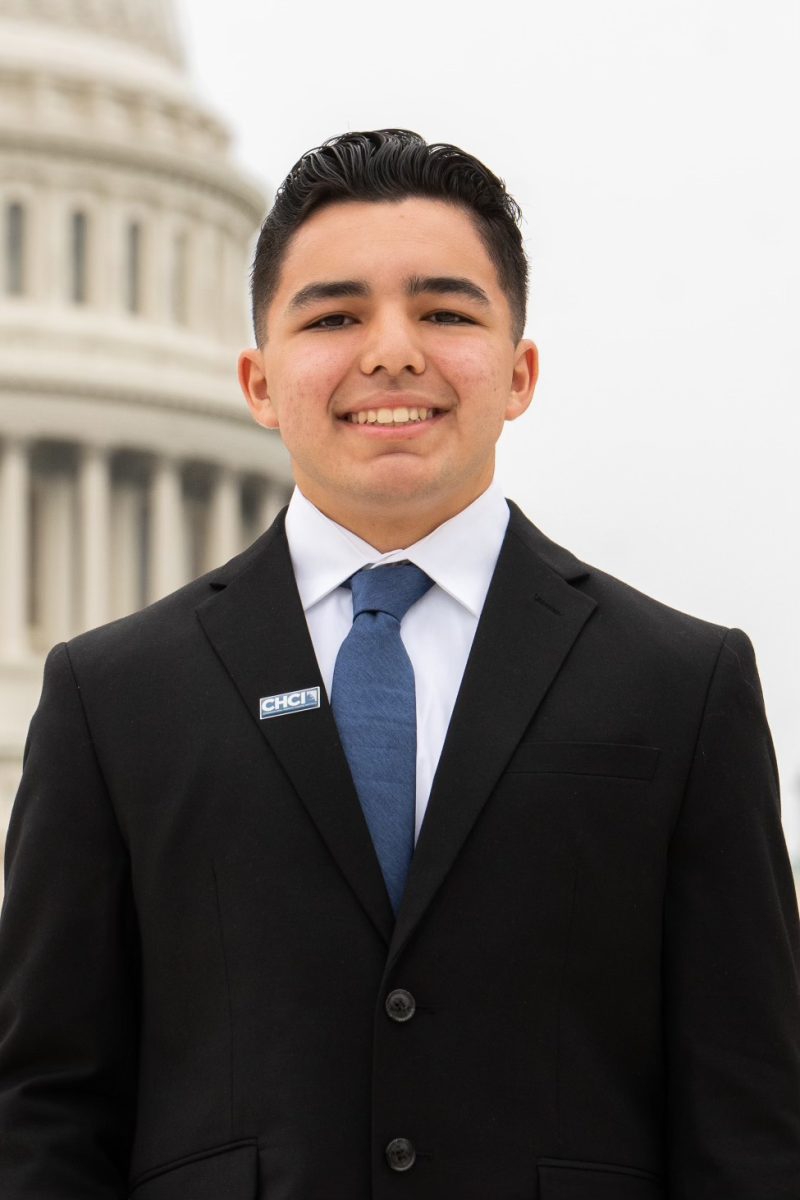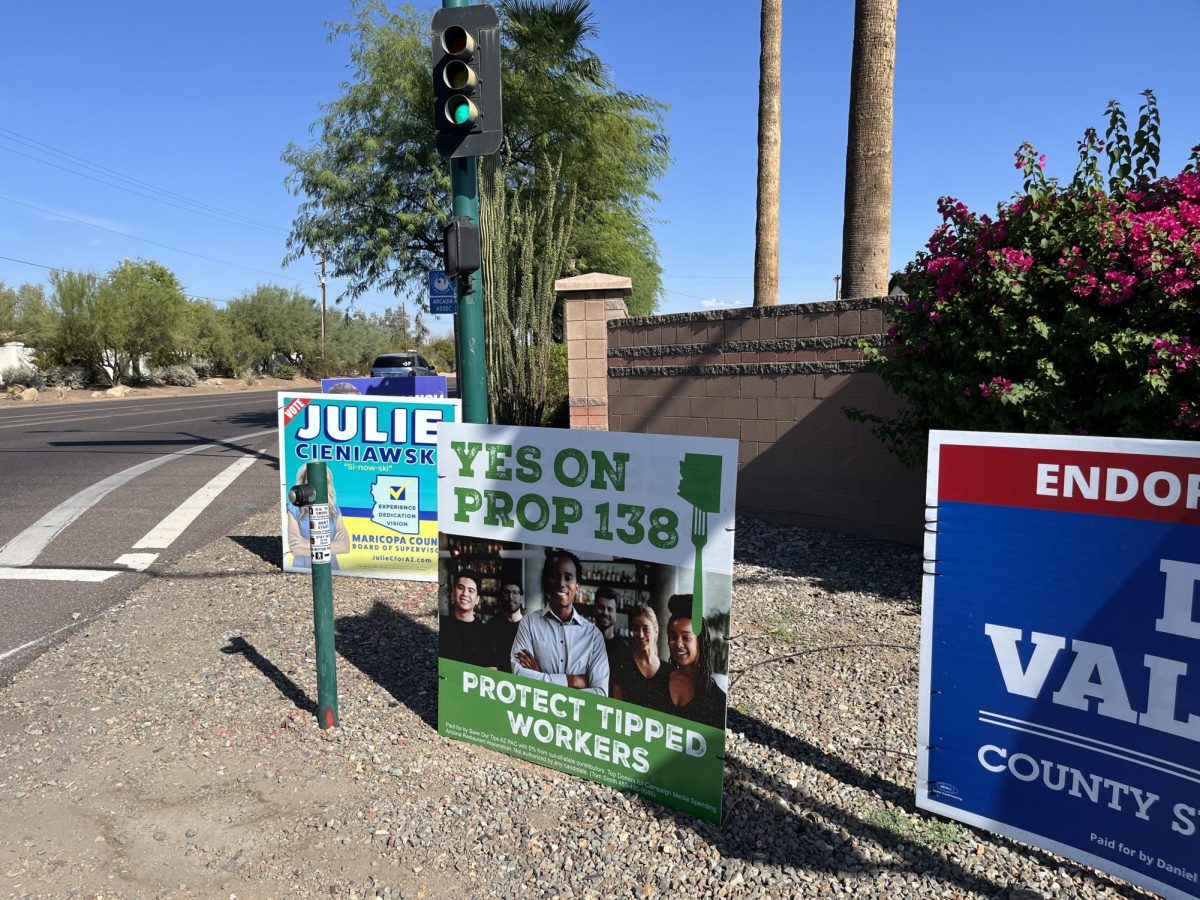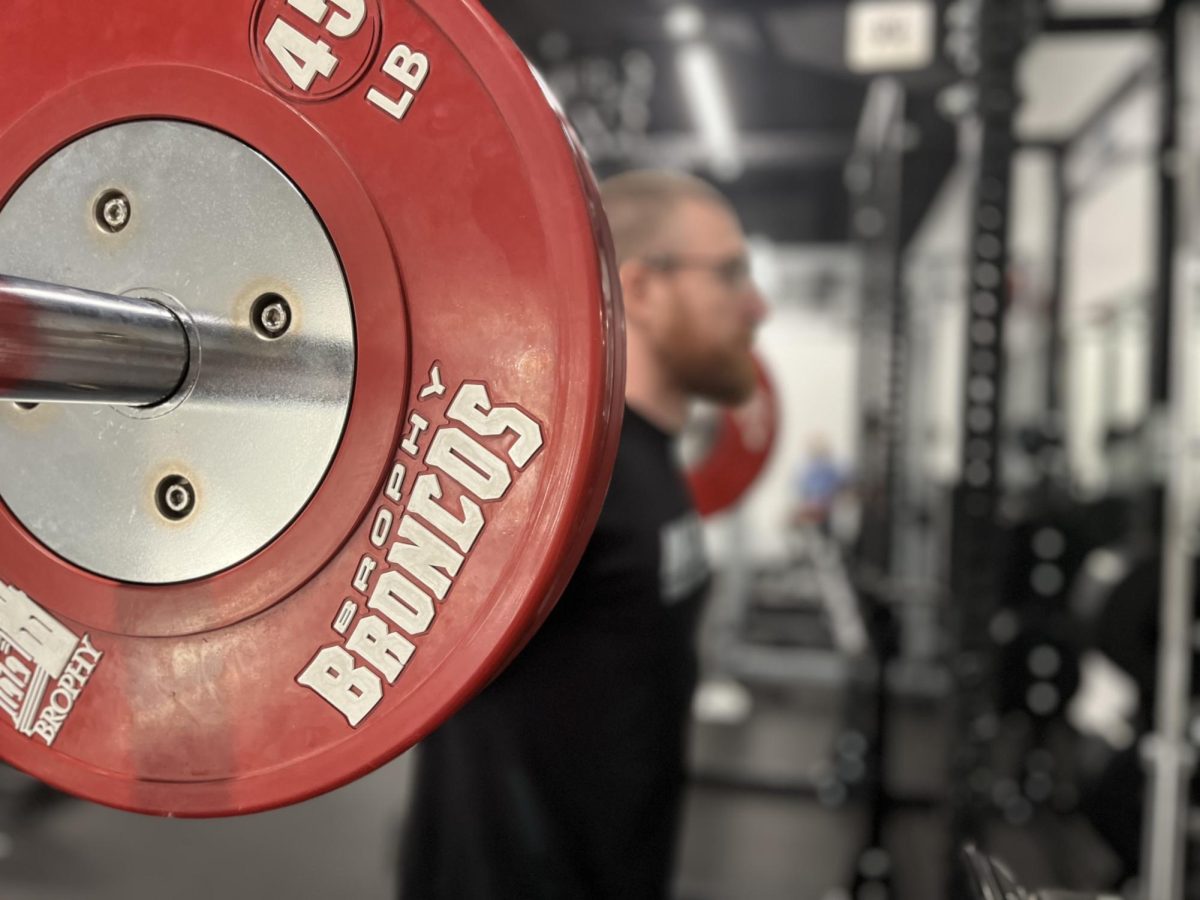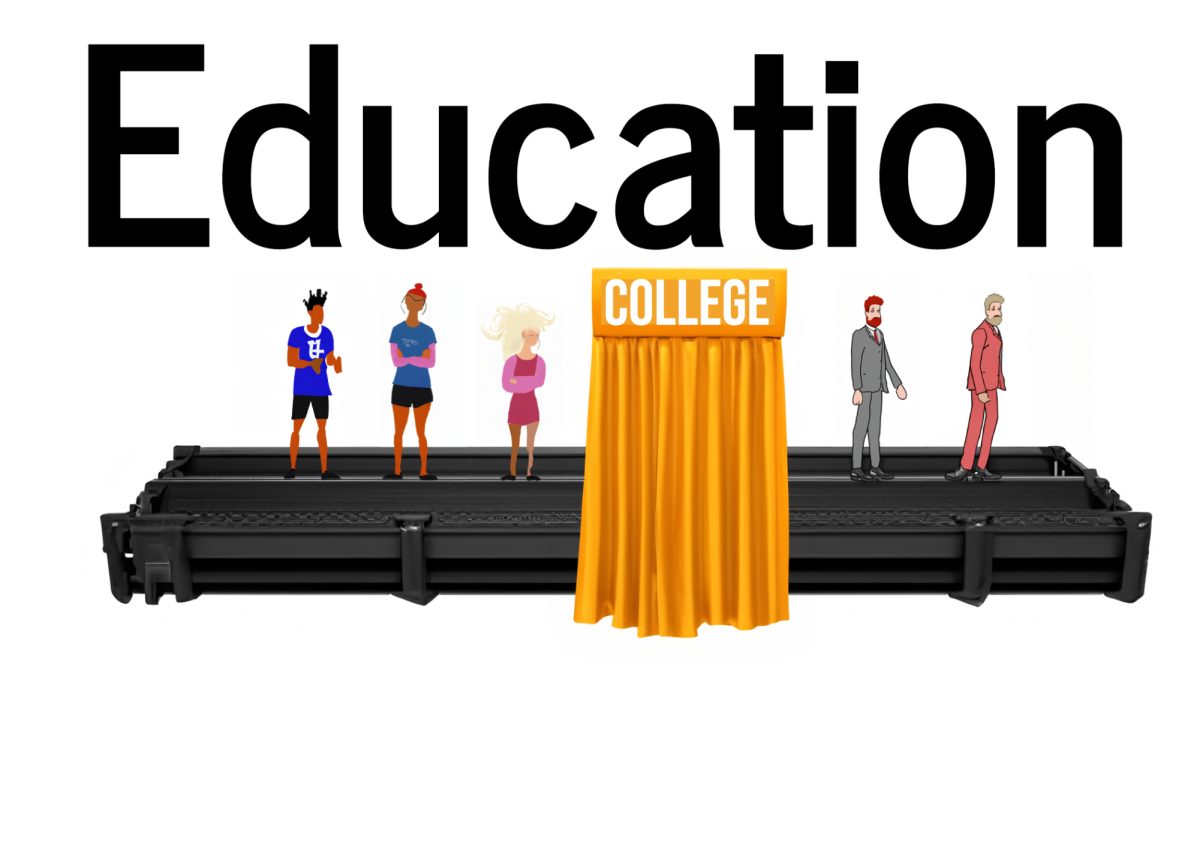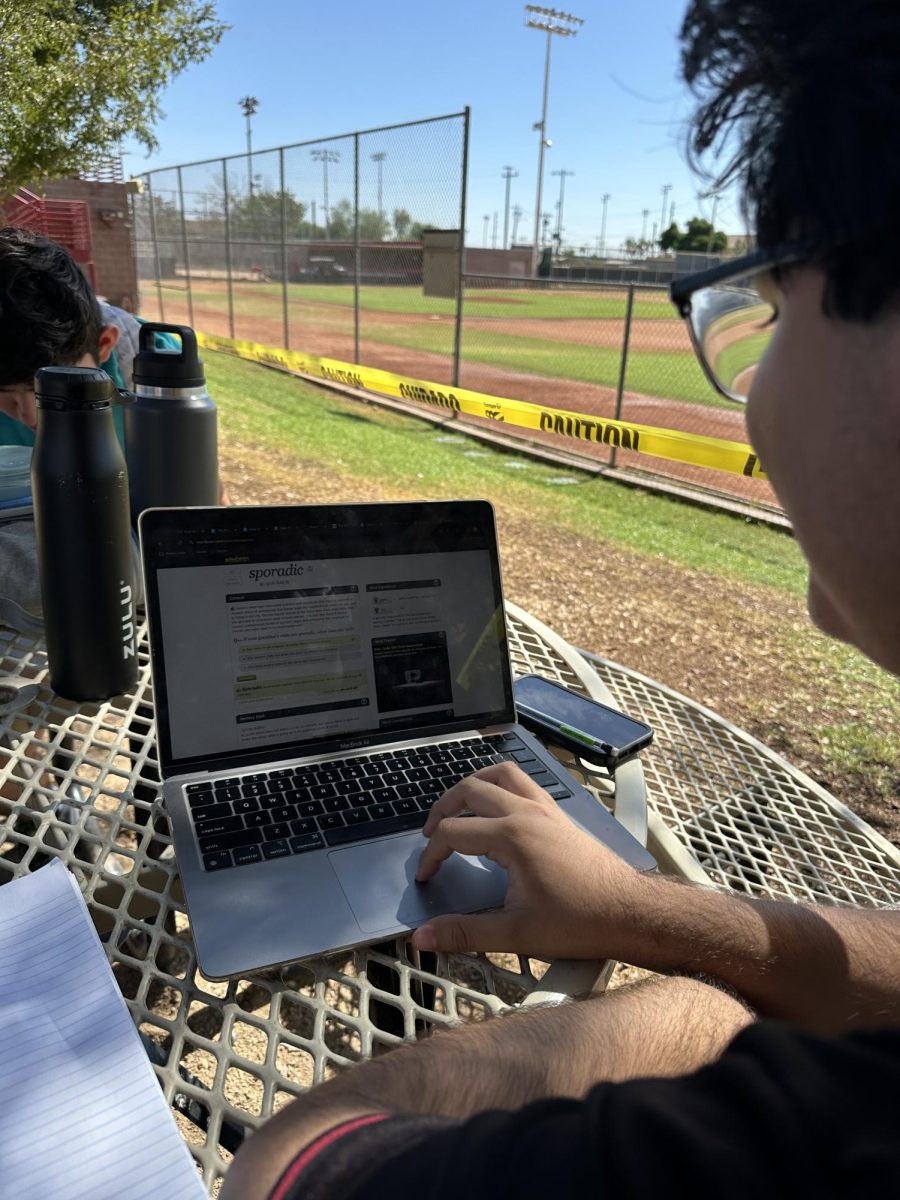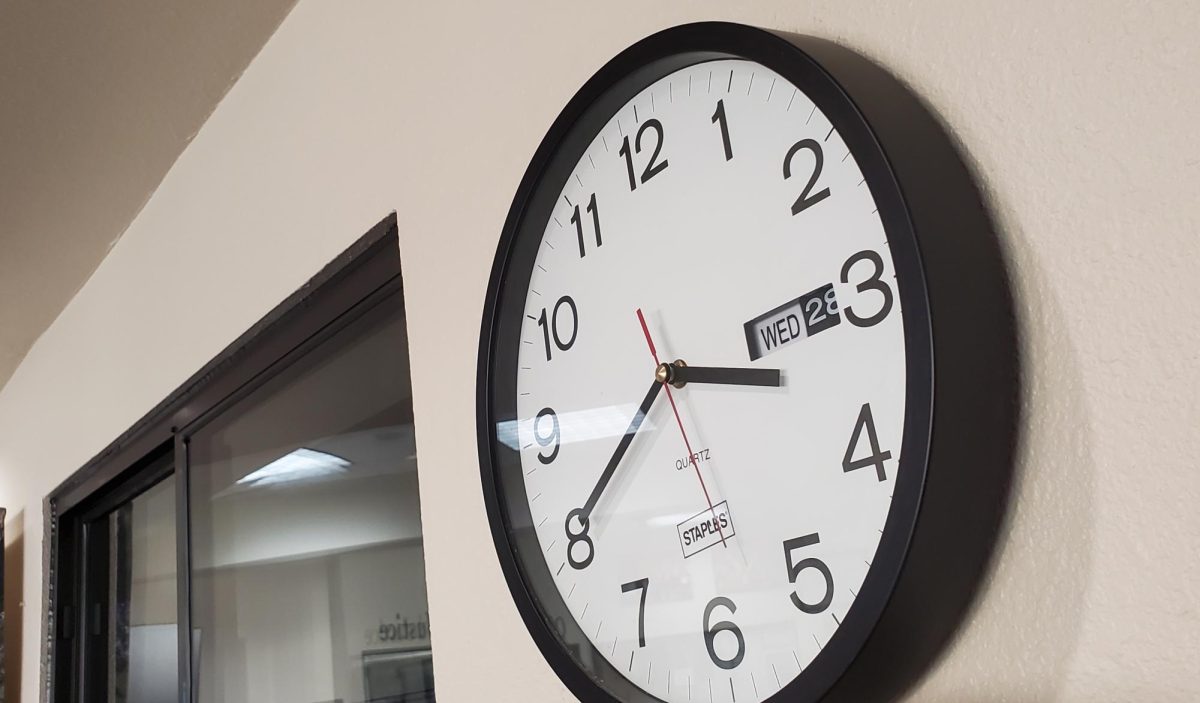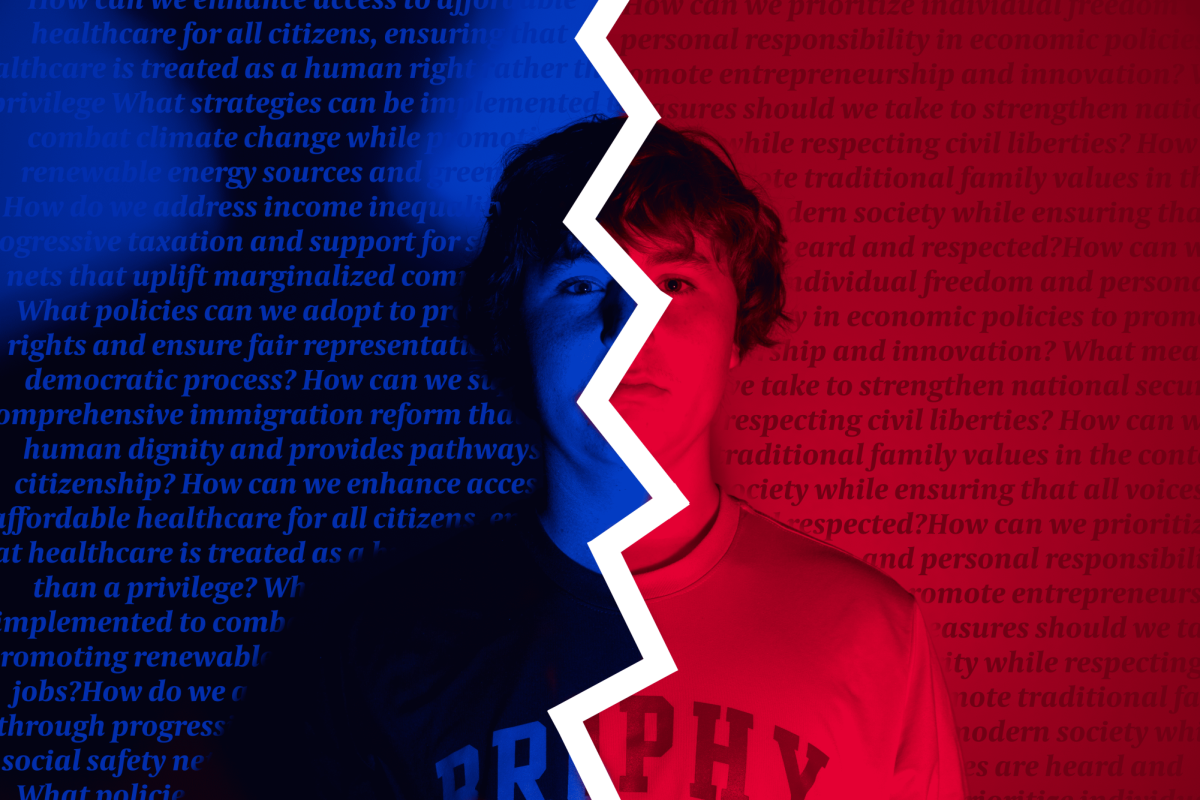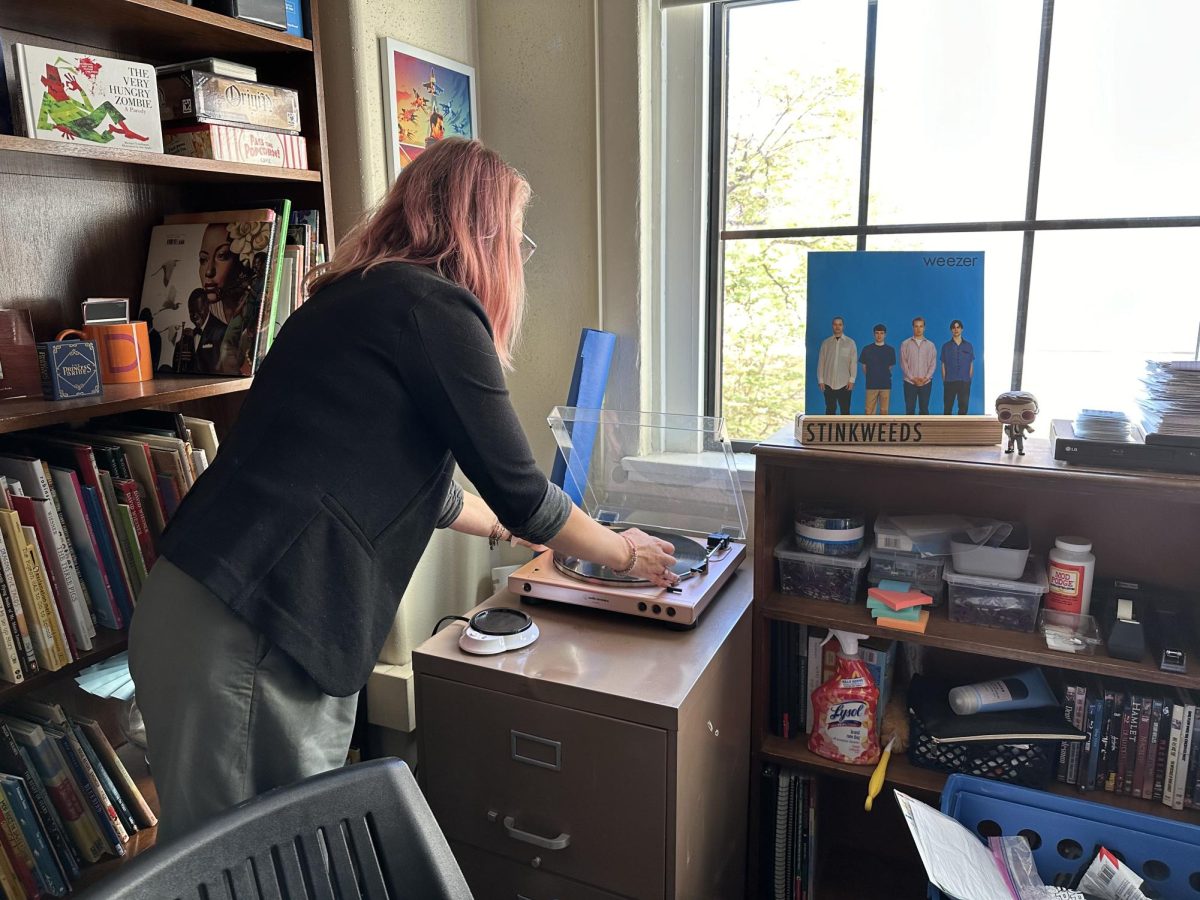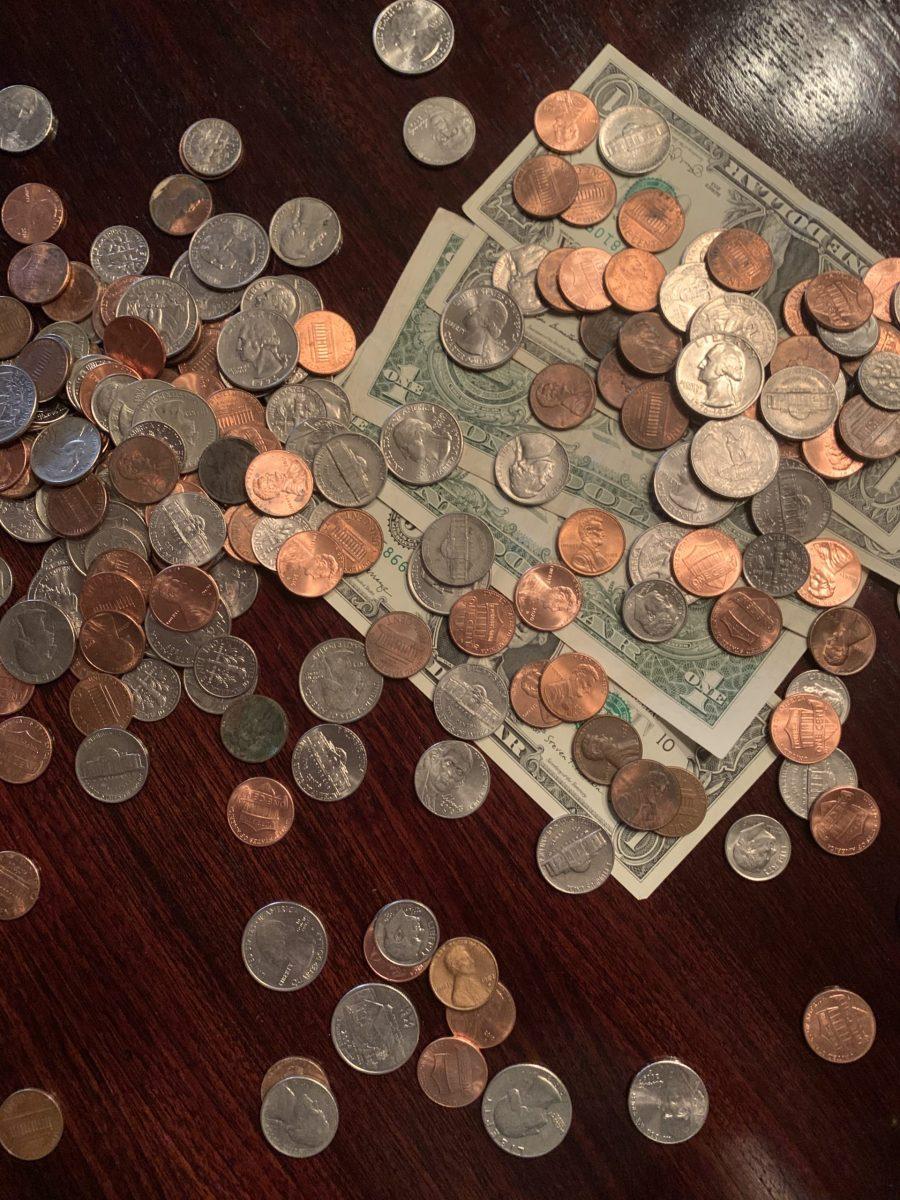By George Anton ’21
THE ROUNDUP
One of the biggest problems facing Americans today in the consumer culture we live is how we are driven to spend too much and save too little. While much of the average American’s income goes towards essentials such as groceries, housing and utilities, many people also spend a significant amount of their paycheck on the unessentials. This superfluous spending has led to the uncontrollable accumulation of debt.
According to USA Today, the average American adult spends $18,000 a year on items they can live without. The biggest detriments to their budgets are buying food and drink outside the house. As tasty as restaurant food can be, it is more expensive than eating from home.
Many people also fall into the trap of believing that spending a few dollars here and a few dollars there won’t hurt them, but it’s the little things that count. Look at an individual that gets a $4.00 drink at starbucks every morning going to school or work. $4.00 a day doesn’t seem all that bad, now does it? Well that price multiplied by every work day in the year, you are looking at spending about $1,044. Forget the calories and consider the price!
While food and drink are the greatest nonessential leeches to people’s bank accounts, other goods and services that appear inexpensive in the short run aren’t helping them either. Subscription services like Netflix and cable cost hundreds a year when added up. Technology is a major expense, especially for those that feel the need to buy the latest and greatest. The reality is that spending over $1,000 on a phone when you can’t afford it is ludicrous, especially when that purchase is made every year.
With all the squandering of money that happens these days, 69% of Americans have less than $1,000 saved, according to the finance tracking organization SpendMeNot. What is more frightening is that most of the individuals that do have some savings are older than 50. Most young adults have little to no savings. The Washington Post found that 4 in 10 adults would not be able to cover a $400 emergency expense without selling something or borrowing.
That leads us into one of the reasons why so many people struggle with their spending habits: credit card debt. It is so easy to swipe a piece of plastic and not realize how much money we are letting go of when we use a credit card. Credit cards make us ignorant and also enable us to go into debt. On Feb. 13 before COVID-19 hit hard, Americans had accumulated $1 trillion in credit card debt going into a pandemic.
The wasteful credit card spending is now affecting younger people as well. NPR found that 10% of 18-to-29-year-olds already have credit card debt that is 90 days overdue.
Despite the menacing consumption problem that many Americans face, we all can put ourselves in better financial situations if we make good choices. Practicing self-discipline in terms of spending money can dramatically change our lives. If we do not spend such a large percentage of our paychecks on nonessentials, the money we save can bring tremendous benefit to us and those around us.
I encourage students to consider packing a lunch some days instead of buying lunch. Maybe do not go out to eat with friends so often, and if you do, challenge yourself to spend as little as possible.
Luckily, us students are young and we have the chance to avoid the spending mistakes made by the generations ahead of us. The dollars we save now can go towards a retirement fund, college, our futures or someone in need. It is necessary to consider before consuming.


